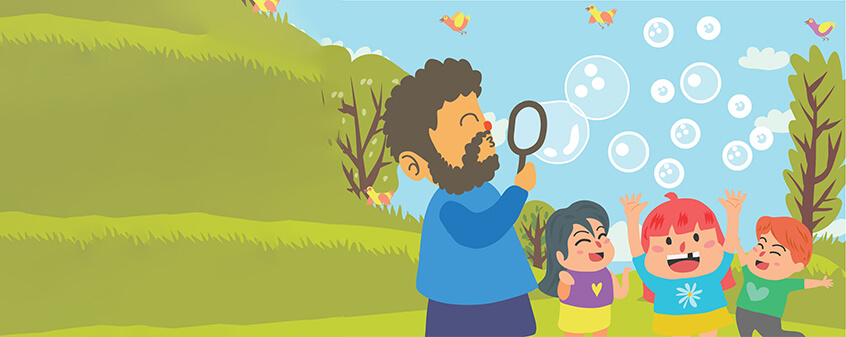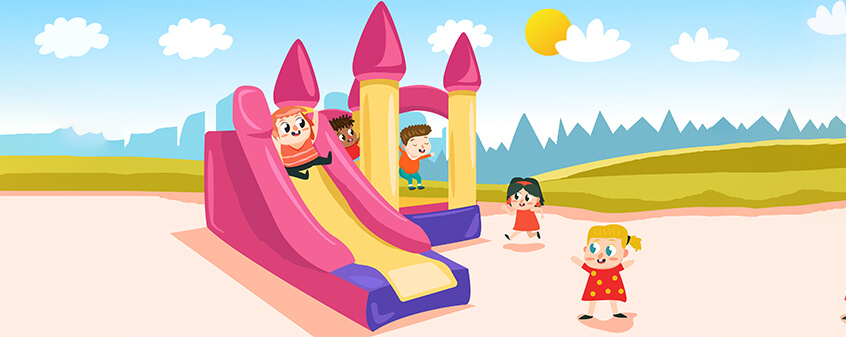"Why kids love cutting paper and playing with scissors? And also ways to encourage it, some tips on things they can try"
Young children are curious and they want to try using everything. The simple activity of learning to use the scissor can help your child concentrate better and these little hands can develop fine motor skills by learning the proper way to cut paper.
You can start with teaching them how to cut play dough using a pair of scissors, then gradually move to narrow paper strips and finally cutting on big shape outlines like square, triangle and circle.
One thing to keep in mind is that there are different scissors available as per preferred handedness. the reason for the same is Cutting with scissors is a fine motor skill and left-handers can't just use their right hand and have any proper control. Right-handed scissors are designed with the top blade on the right for RIGHT-HANDERS to use easily. You need PROPER left-handed scissors with the blades reversed so the top blade is on the LEFT!
Cutting dough is unstructured soft material where the focus is on the proper grasp to hold scissors. Cutting on lines helps developing the skill further and finally children master the use of scissors when they cut on shapes.
Benefits of teaching children how to use scissors:
Builds muscle control (fine motor)
Enhances eye-hand coordination
Enhances creativity and self expression
Supports cognitive development
Facilitates aesthetic appreciation
Tactile stimulation
Sharing a few ways in which you can encourage children to use scissors:
Material required:
a) Teaching aids/Equipment available at the centre:
Ø Strips of dough and rough /chart paper
Ø Blunt scissors (1/child)
Recipe for play dough:
Ø Mix 1 ½ cup of flour, ½ cup salt, ¼ cup vegetable oil, about ¼ cup water, and few drops of food colouring. (The colour mixes very easily when added to the water.)
Ø Knead until the dough is smooth and the colour is well mixed.
Ø Add more flour if the mixture is too wet. Add more water if the mixture is too dry.
Ø 4 Put in an airtight container. Don’t use a plastic bag because it makes the dough too wet.
Ø Store in the refrigerator.
Directions for making the play dough and paper strips:
Ø Mould the play dough to make strips, which are at least 5” in length and more that ½” wide.
Ø Three strips of coloured chart paper (at least 5” in length and no more then ½” wide) for each child
Ø After the first group of children complete the activity, make sure that the play dough strips are kept ready for the next group.
Nurturing strategies:
a) Introduce the activity to the children. Tell them they are going to cut narrow paper or dough strips using a scissor.
b) Demonstrate the activity before doing it with the children. Instruct the children to make a series of cuts (at least 10) through the width of the chart paper strip cutting all the way through the strip.
c) After demonstrating, give each child three strips of coloured chart paper and a pair of safety scissors.
d) Encourage the children to snip each strip many times. Each child cuts at least three strips.
e) When first learning to hold scissors, some children turn down (pronate) the wrist so that the palm faces toward the paper rather than being at a 90 degree angle to it. Encourage the child to use a “thumb up” position, but if it is difficult, the pronated position is acceptable at this level.
f) If some children have difficulty, provide hand-over-hand assistance, and then fade to verbal cues alone as they gain independence.
g) Assist the children to achieve a correct scissor grasp and orientation to paper as necessary.
Important note: If some children have significant difficulty cutting the strips, give them play dough strips to cut. Only when they have achieved the necessary scissors skills and grasp, they can move on to cutting narrow paper strips.








